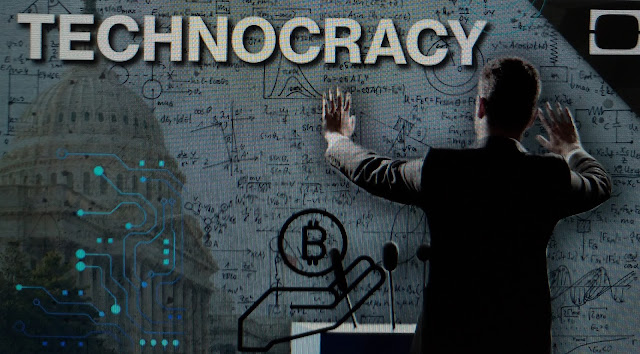I forsee that the job system will be transformed ASAP
The speedy evolution of working employment
Technology has already disrupted many industries and transformed the way we work. With the rapid advancements in automation, artificial intelligence, and other digital technologies, we can expect significant changes in the job market and employment landscape in the coming years.
Some of the ways technology and digital enforcement could revolutionize the job market include:
Automation of routine tasks: Technology is already replacing human workers in many routine jobs, such as data entry, assembly line work, and customer service. As automation technology improves, it could lead to further displacement of workers in these fields.
Rise of the gig economy: Digital platforms like Uber, TaskRabbit, and Fiverr have created new opportunities for people to earn money through freelance or contract work. The gig economy is likely to continue growing, as more people seek flexible work arrangements and companies look to cut costs by hiring temporary workers.
Virtual and remote work: The pandemic has accelerated the shift towards remote work, and many companies are now realizing the benefits of having a distributed workforce. As technology improves, we can expect more jobs to be done remotely, and more companies to hire workers from anywhere in the world.
Increased demand for tech skills: As technology becomes more pervasive in every industry, there will be an increased demand for workers with tech skills such as coding, data analysis, and cybersecurity.
New jobs in emerging fields: Technology is also creating new job opportunities in emerging fields such as virtual reality, artificial intelligence, and blockchain. As these technologies mature, we can expect to see more jobs in these areas.
Overall, it's clear that technology and digital enforcement will play a major role in shaping the job market and employment landscape in the coming years. While this transformation could bring many benefits, it's important to also consider the potential challenges, such as job displacement and income inequality.
The innovation will occur quickly or gradual?
The pace of innovation in the job market and employment landscape will likely be a combination of both rapid and gradual changes.
Some innovations may occur very quickly, as new technologies emerge and disrupt traditional industries. For example, the rise of ride-sharing apps like Uber and Lyft, which have transformed the taxi industry in just a few years, is an example of rapid innovation. Similarly, the sudden shift to remote work due to the COVID-19 pandemic was a rapid change that transformed the way many companies operate.
However, other changes may occur more gradually over time, as new technologies and business models slowly become more widely adopted. For example, the shift towards renewable energy sources has been happening gradually over several decades, as the cost of solar and wind power has become more competitive with traditional fossil fuels.
Overall, the pace of innovation in the job market and employment landscape will likely depend on a variety of factors, including the pace of technological change, the regulatory environment, and the preferences of businesses and workers. While some changes may happen quickly and disruptively, others may take longer to develop and become widely adopted.
What are the necessary measures for preparation?
If innovation in the job market and employment landscape occurs rapidly, it's important to take steps to prepare for the potential impacts and minimize any negative consequences. Here are some measures that could be taken:
Investment in education and training: As new technologies emerge and transform the job market, workers will need to be equipped with the necessary skills to adapt and thrive. Governments and businesses could invest in education and training programs to help workers develop the skills needed for emerging jobs.
Safety nets and social protections: Rapid innovation could result in job displacement and economic insecurity for many workers. Governments could implement safety nets and social protections, such as unemployment insurance and healthcare, to provide a cushion for those who are negatively affected by the changes.
Encouragement of entrepreneurship: Rapid innovation can create new opportunities for entrepreneurs to create innovative products and services that can meet emerging needs. Governments could encourage entrepreneurship by providing support for startups and small businesses.
Proactive regulation: As new technologies emerge, it's important for governments to regulate them in a way that protects consumers, workers, and the environment. Proactive regulation can help ensure that innovation occurs in a responsible and sustainable way.
Collaboration between stakeholders: Rapid innovation can be disruptive, but it can also create new opportunities for collaboration between businesses, governments, and workers. Collaboration can help ensure that innovation is inclusive and benefits everyone.
Overall, the key to preparing for the potential impacts of rapid innovation in the job market and employment landscape is to be proactive and take a comprehensive approach that considers the needs and interests of all stakeholders. Thanks for reading, if you like my article please leave your comment below.




If you like my article, please write your comment here.
ReplyDelete